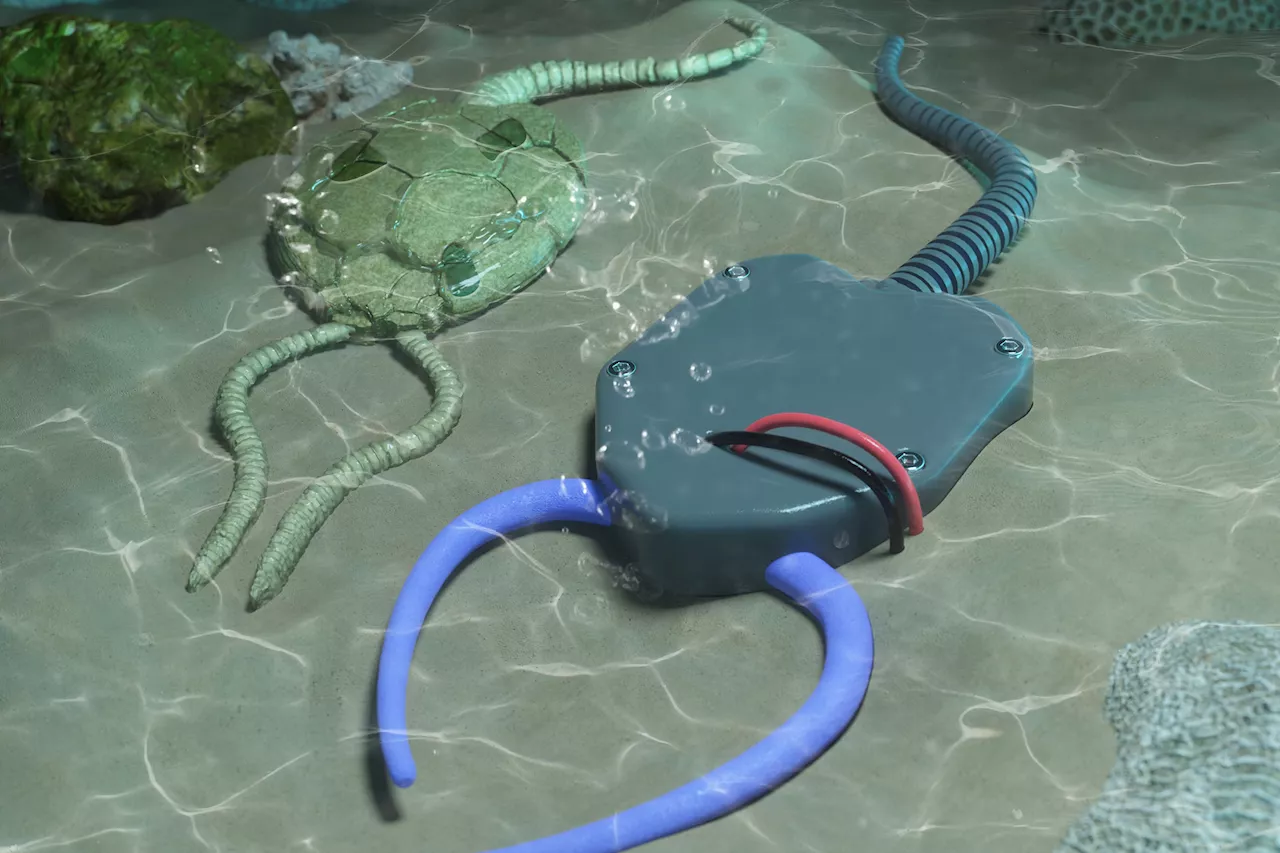Fossil animals are informing the field of soft robotics, and applications are abundant.
Around 500 million years ago, a strange ancestor of the modern sea star, sea urchin, and sand dollar swam above the Paleozoic seafloor. Classified as a pleurocystitid, the animal resembled an armored stingray in its appearance, armed with what looked like a set of swooping antennae.
But the insights that these robots provide about animal movement aren’t restricted to modern animals. According to Desatnik and colleagues, these robots also mimic the motion of ancient creatures, such as pleurocystitids. The robots revealed that the side-to-side swish of the animal’s stem would’ve propelled the pleurocystitid forward. They also revealed that a longer stem would’ve propelled the pleurocystitid forward faster than a shorter stem, a fact that’s seemingly supported in Paleozoic fossils, which featured longer and longer tails over time.
South Africa Latest News, South Africa Headlines
Similar News:You can also read news stories similar to this one that we have collected from other news sources.
 Billie Eilish's Vintage Jacket Inspires Shoppers to Find Similar StylesThe singer made a statement in her vintage jacket, and you can find similar styles at Walmart, Cotton On and Etsy.
Billie Eilish's Vintage Jacket Inspires Shoppers to Find Similar StylesThe singer made a statement in her vintage jacket, and you can find similar styles at Walmart, Cotton On and Etsy.
Read more »
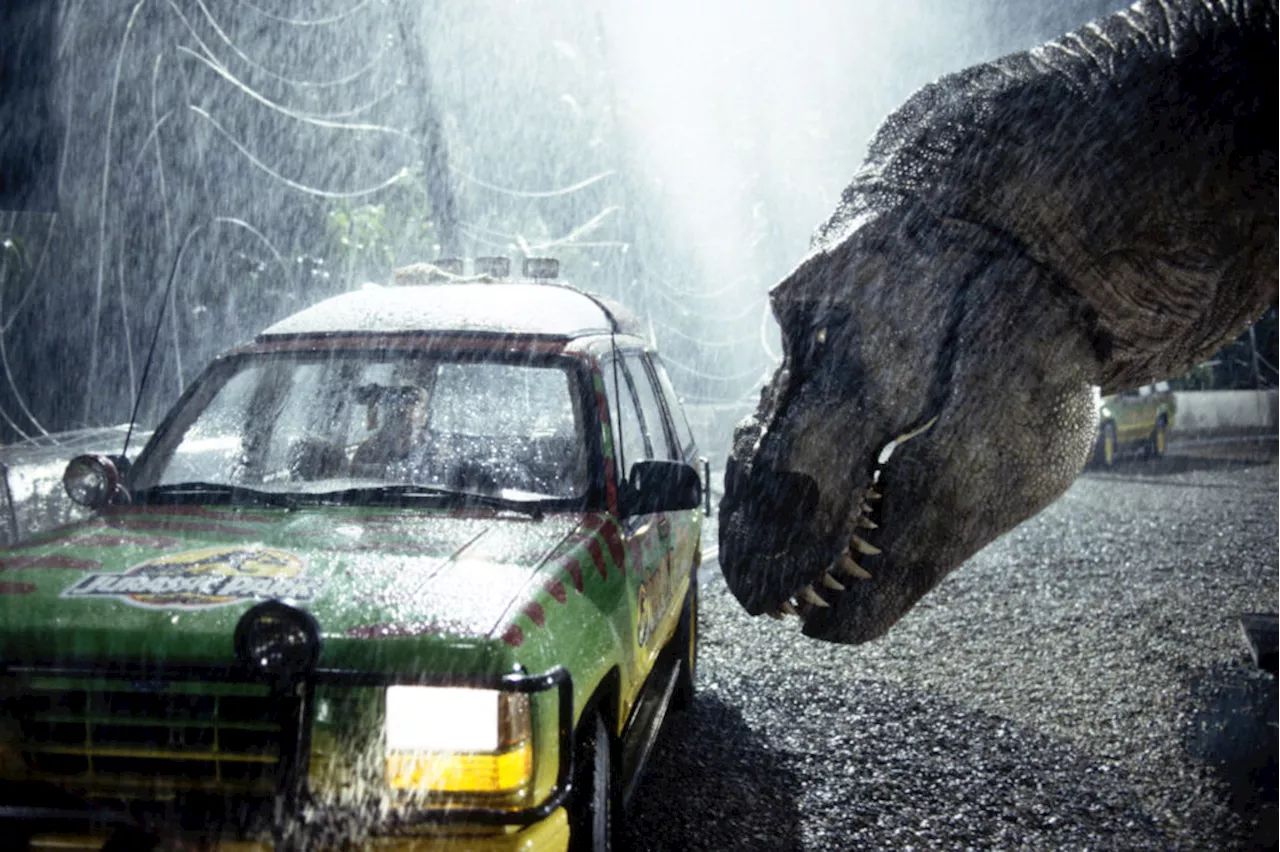 The Challenges and Rewards of Ancient DNA ResearchThe study of human evolution wins a Nobel Prize, but the challenges of ancient DNA research are highlighted. Public interest and media attention sometimes steer the science, while the true value of answering scientific questions is overshadowed.
The Challenges and Rewards of Ancient DNA ResearchThe study of human evolution wins a Nobel Prize, but the challenges of ancient DNA research are highlighted. Public interest and media attention sometimes steer the science, while the true value of answering scientific questions is overshadowed.
Read more »
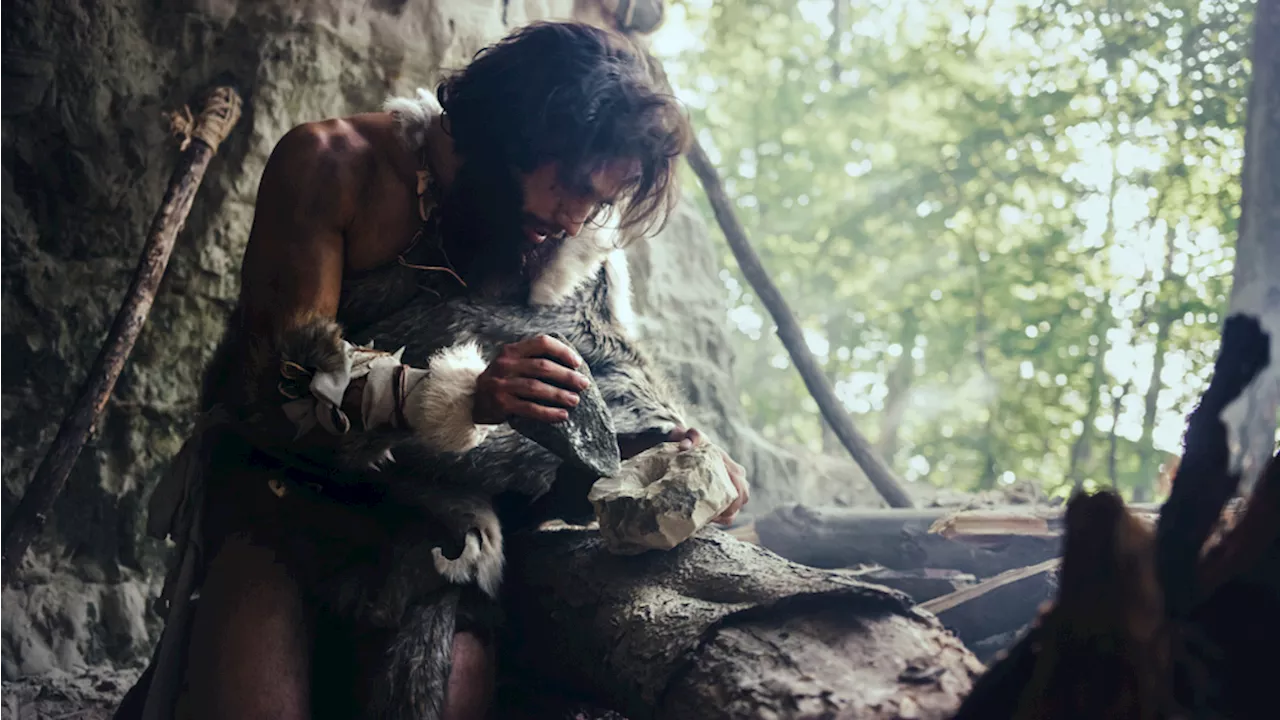 Stone Tools Question the Evolution of Ancient Human Culture and TechnologyA familiar theory of cultural evolution says early humans experienced a 'revolution' in development, but new research shows that the process may have been more gradual.
Stone Tools Question the Evolution of Ancient Human Culture and TechnologyA familiar theory of cultural evolution says early humans experienced a 'revolution' in development, but new research shows that the process may have been more gradual.
Read more »
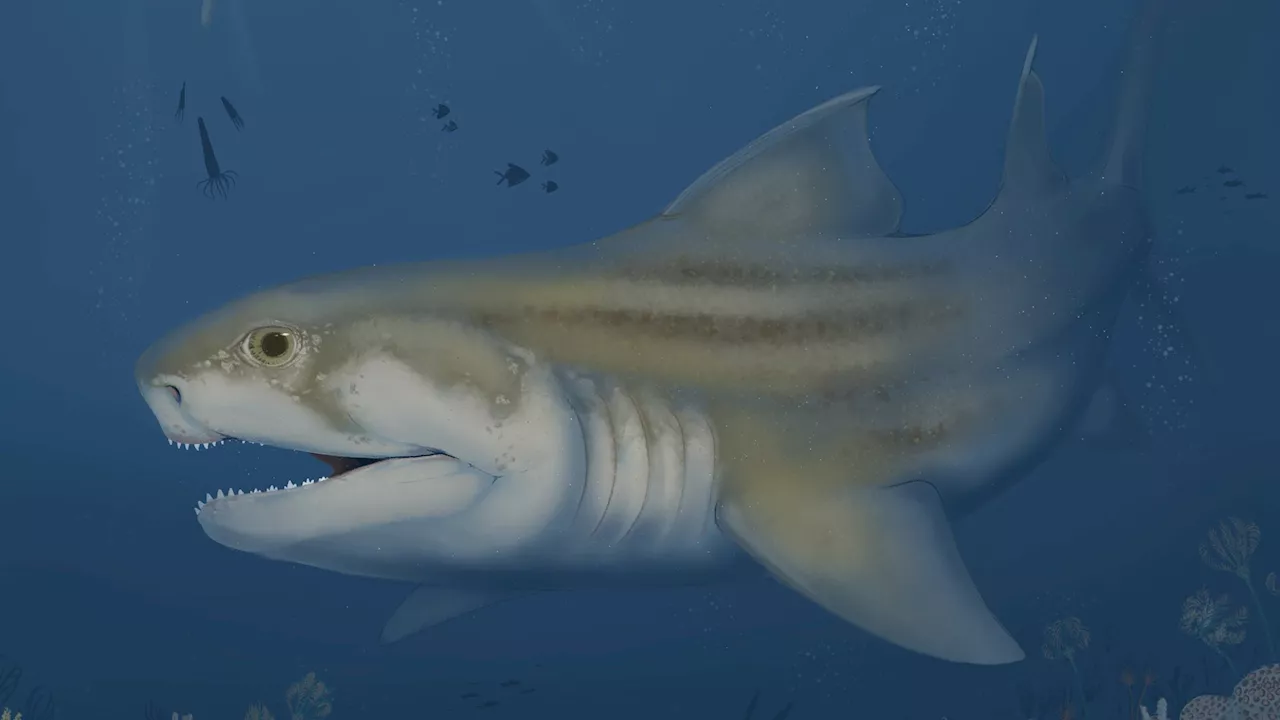 Three new ancient shark species discovered in Alabama and KentuckyLaura is a science news writer, covering a wide variety of subjects, but she is particularly fascinated by all things aquatic, paleontology, nanotechnology, and exploring how science influences daily life. Laura is a proud former resident of the New Jersey shore, a competitive swimmer, and a fierce defender of the Oxford comma.
Three new ancient shark species discovered in Alabama and KentuckyLaura is a science news writer, covering a wide variety of subjects, but she is particularly fascinated by all things aquatic, paleontology, nanotechnology, and exploring how science influences daily life. Laura is a proud former resident of the New Jersey shore, a competitive swimmer, and a fierce defender of the Oxford comma.
Read more »
 An asteroid may have turned ancient Earth into a snowballMore than 600 million years ago, the planet would have been unrecognizable.
An asteroid may have turned ancient Earth into a snowballMore than 600 million years ago, the planet would have been unrecognizable.
Read more »
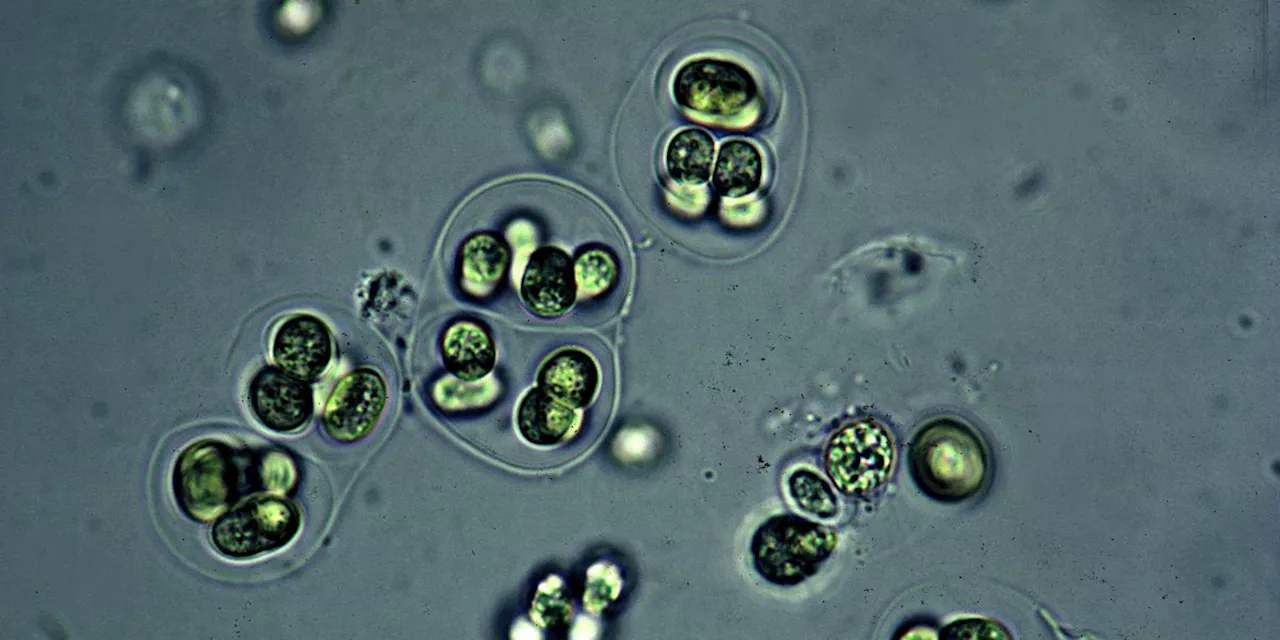 Scientists Solved a 1.75-Billion-Year Mystery About How Life Materialized on EarthFossils preserved within ancient rock may prove that photosynthesis started way earlier than we thought.
Scientists Solved a 1.75-Billion-Year Mystery About How Life Materialized on EarthFossils preserved within ancient rock may prove that photosynthesis started way earlier than we thought.
Read more »
